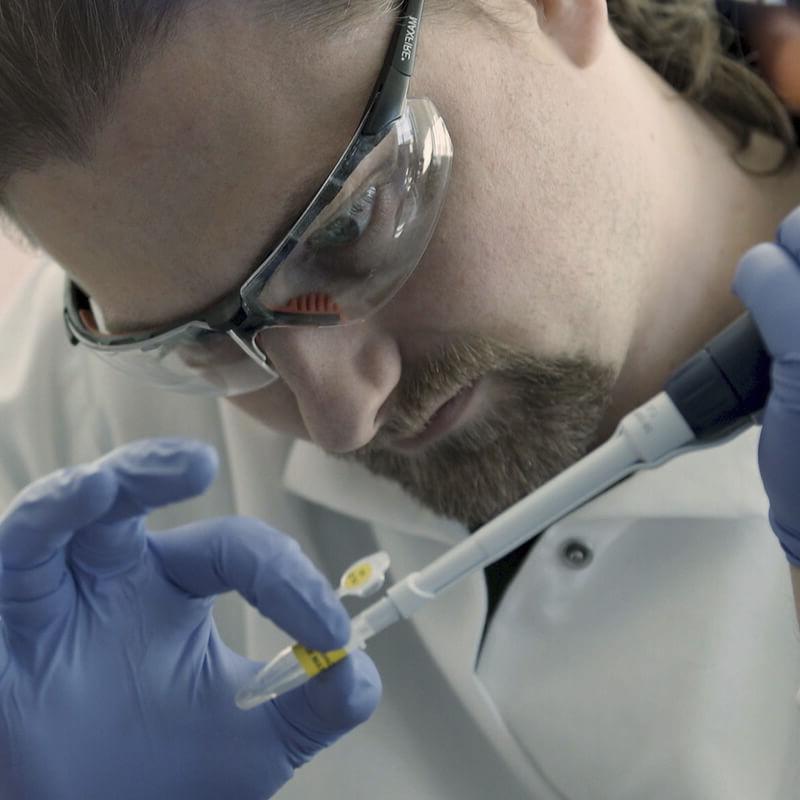About Achondroplasia
Achondroplasia is a rare genetic bone growth disorder and the most common form of disproportionate short stature. Achondroplasia is caused by a change in the fibroblast growth factor receptor 3 (FGFR3) gene, which impairs the growth of bone in the cartilage of the growth plate. While the most visible effects are in the arms, legs, and face, nearly all of the bones in the body are affected.
Achondroplasia is characterized by distinctive features including disproportionate short stature, curvature of the spine and an enlarged head (macrocephaly). These characteristics may lead to health challenges including:
- reduced breathing for short periods of time (apnea)
- upper airway obstruction
- obesity
- hearing loss
- dental problems
In addition, adults may develop bowed legs and lower back problems that can lead to difficulty walking.
Diagnosis
Achondroplasia may be diagnosed before birth by fetal ultrasound. DNA testing can also be used to identify a change in FGFR3 to confirm fetal ultrasound results or clinical diagnosis. The condition may also be diagnosed after birth through a physical exam.
Management
Achondroplasia does not affect cognitive development; however, individuals with achondroplasia and their families must be vigilant to monitor for possible complications and manage health challenges that may occur. Options to help alleviate clinical complications of achondroplasia may include:
- Surgery to remove the tonsils or adenoids to help with difficulty breathing
- Ear tubes to help treat ear infections
- Orthopedic management to correct bone problems that cause pain and affect mobility
- Visiting the orthodontist for problems with the teeth or mouth, like misaligned teeth, a narrow palate, open bite, or underbite
Because of the effects throughout the body, many different specialties should participate in the care of people with achondroplasia for optimal outcomes. A child with achondroplasia may begin to see certain specialists at different times throughout life. Some will follow the individual over their lives, while others will be more important at certain ages.

We find tomorrows.
Each of our approved therapies was driven by the goal of resetting the standard of care for the conditions they treat.
Learn More about our products ⌃